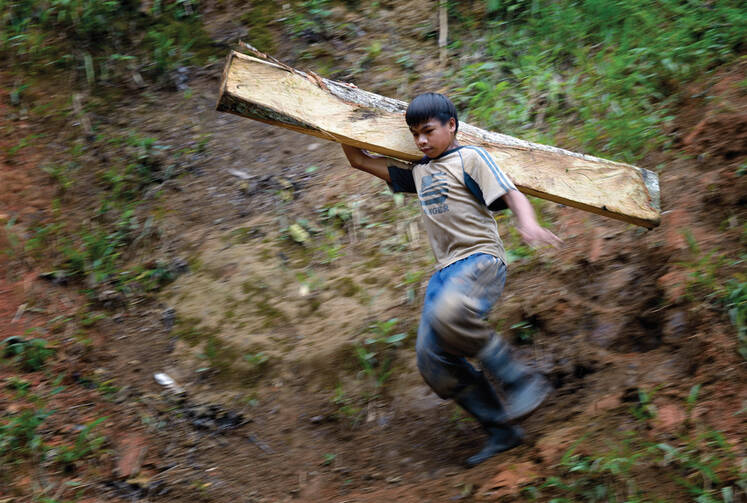The global number of child laborers has fallen by a third since 2000, according to a new report from the International Labor Organization. There were almost 78 million fewer child laborers in 2012 than in 2000. The Asian and Pacific region registered by far the largest absolute decline in child labor among 5- to 17-year-olds. The total number of children in hazardous work declined by more than half.
Despite that good news, last year there were still nearly 168 million child laborers worldwide, including more than 85 million still trapped in the worst forms of child labor—forced into slavery, trafficked into the sex industry, exploited in the drug trade or working in dangerous mines or manufacturing sites and as farm laborers. The I.L.O. estimates that some 22,000 children are killed at work worldwide every year.
But the latest estimates show that real advances have been made in the fight against child labor, particularly over the last four years and especially among younger children. Child labor for this group fell by over one-third between 2000 and 2012, according to I.L.O researchers. Much more remains to be done, however, if the global community is going to reach the I.L.O.’s goal of eliminating all the worst forms of child labor by 2016.
“We are moving in the right direction, but progress is still too slow,” said Guy Ryder, director general of the I.L.O. “If we are serious about ending the scourge of child labor in the foreseeable future, then we need a substantial stepping-up of efforts at all levels. There are 168 million good reasons to do so.”
“Global progress in reducing child labor is heartening,” said Bill O’Keefe, vice president for government relations and advocacy for Catholic Relief Services, noting that worldwide C.R.S. supports education and social protection programs “that seek to prevent children from being exploited.”
“In Guatemala, for example, C.R.S.’s ‘My Rights Matter’ project is helping 9,000 children to stay in school and look forward to a brighter future,” he said. “Progress from efforts such as these as well as the policy changes and other steps the I.L.O. report documents is not the same as success, though,” he added. “The ironic twist is that we need to both further prevent child labor and increase youth employment.”
The good news on reduced child labor is welcome. Some I.L.O. analysts feared social hardships caused by the global economic crisis of 2008–09 and its aftermath might have led to an increase in the number of families resorting to child labor in order to make ends meet. The report cautions that close attention must be paid to the risk of child labor among older children when the global economy starts to recover. And in many countries, the progress that has been achieved is fragile and must be monitored and strengthened to ensure sustainability.
The incidence of child labor is, not surprisingly, highest in poorer countries. But when seen in absolute terms, middle-income countries are host to the largest numbers of child laborers. That means, according to the report, that the fight against child labor is by no means limited to the poorest countries. The same general pattern holds true across households within countries—child labor is much more common in poorer households but is not limited to them.








